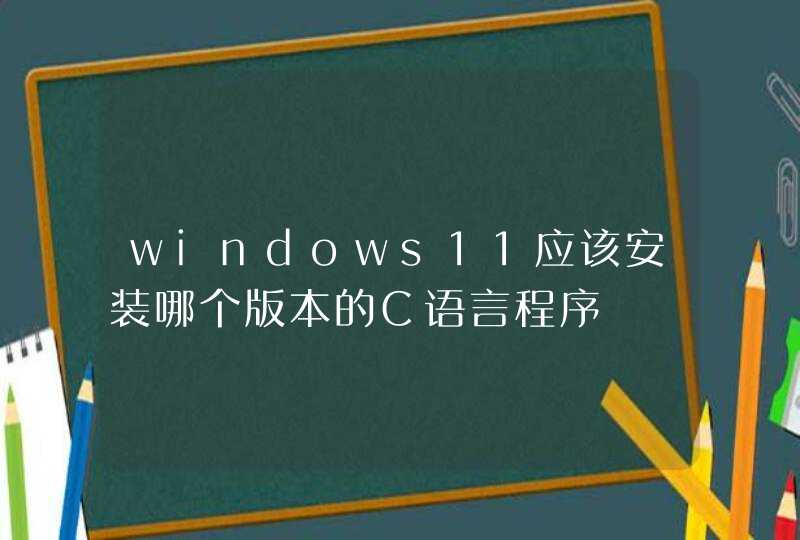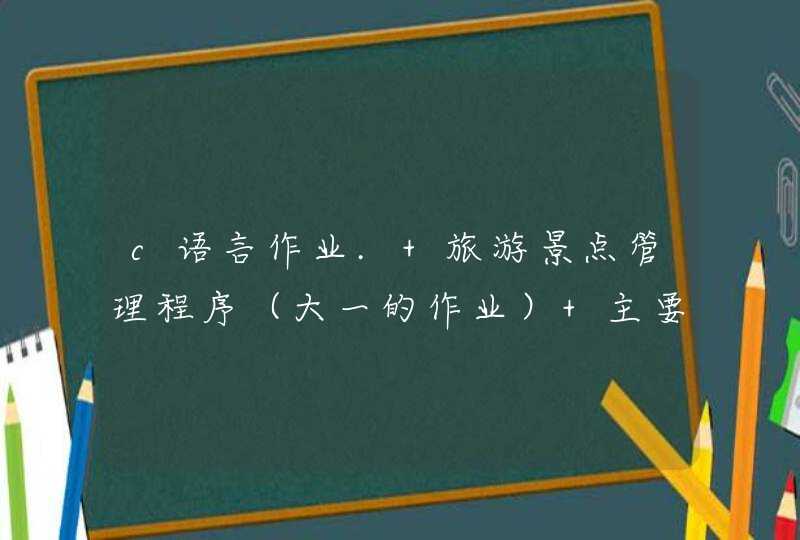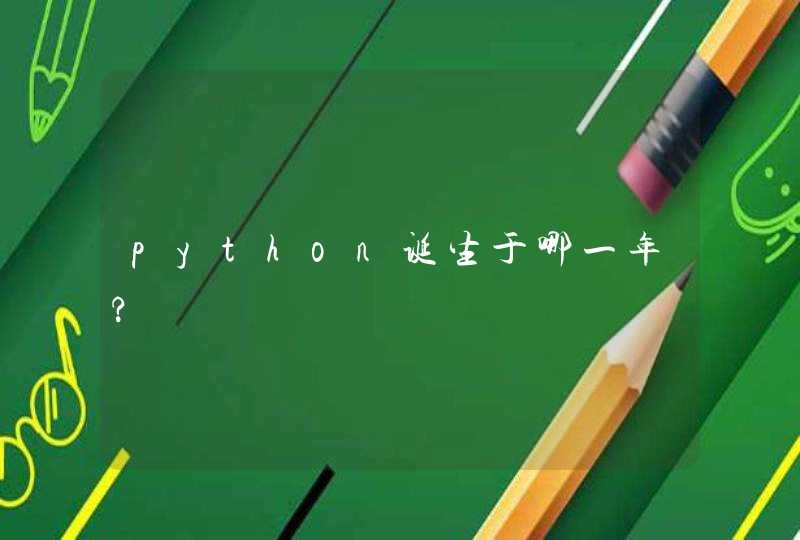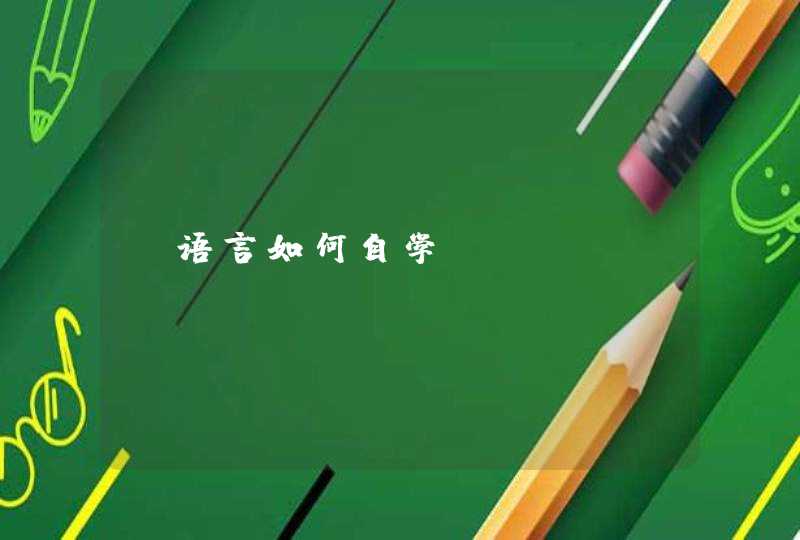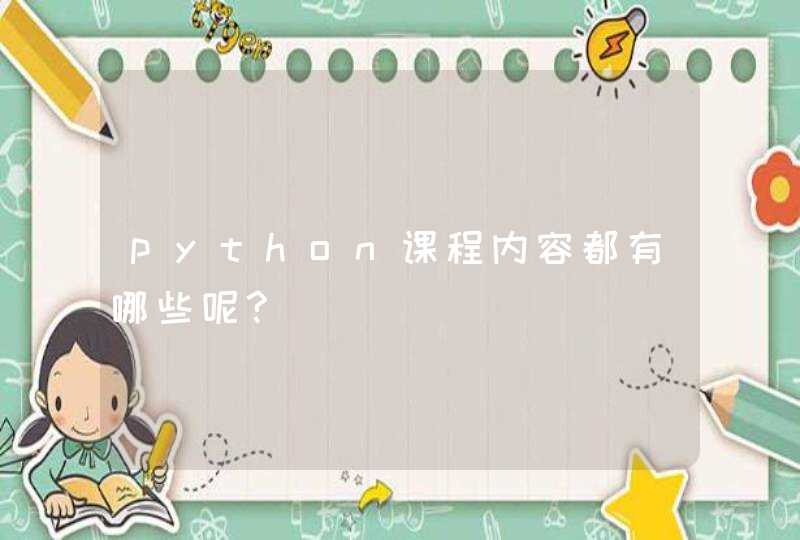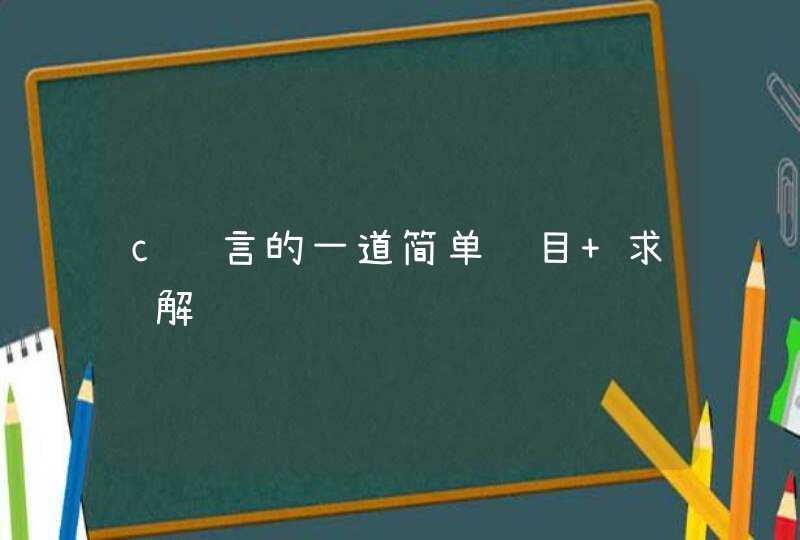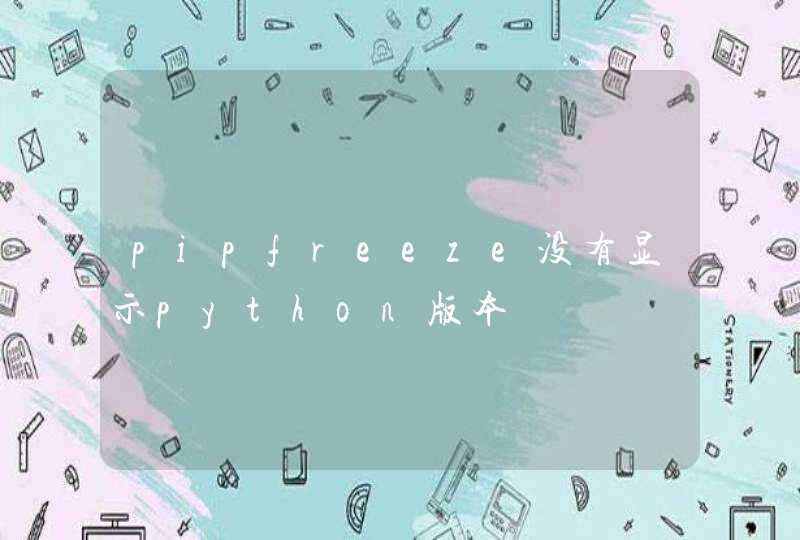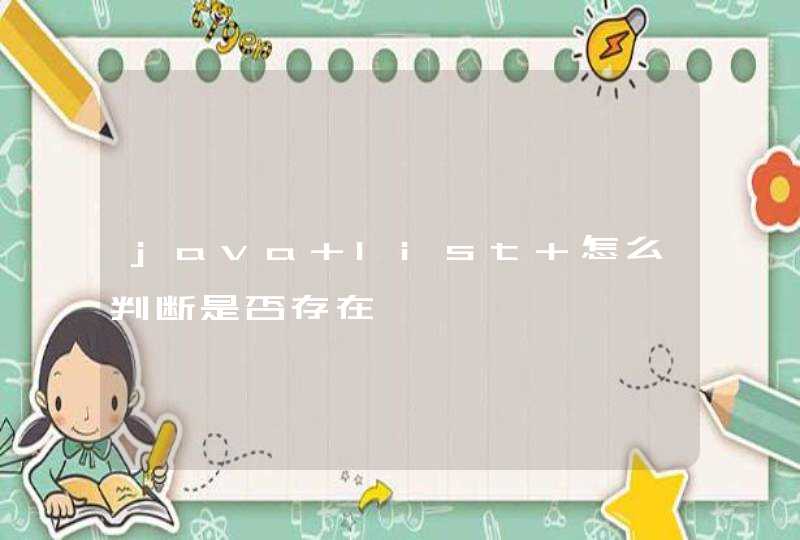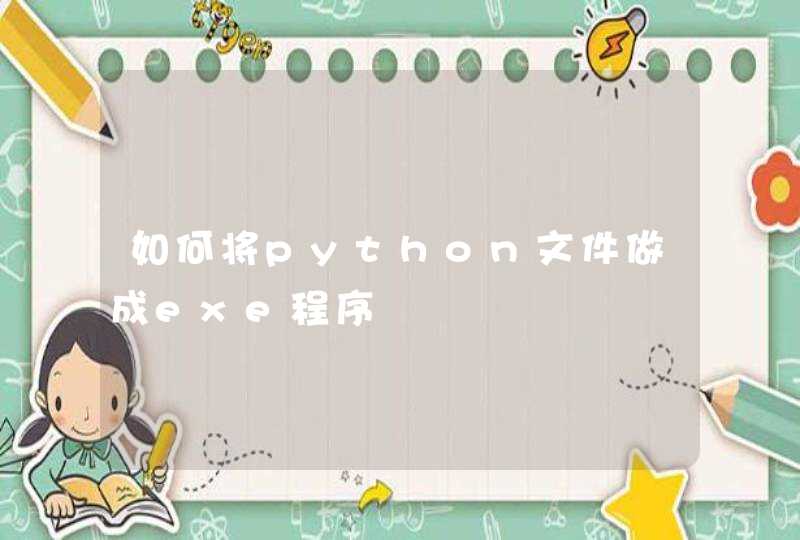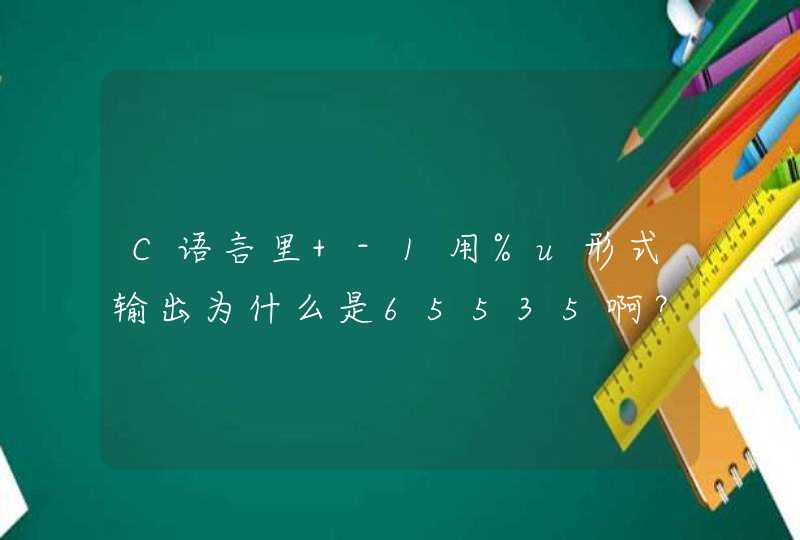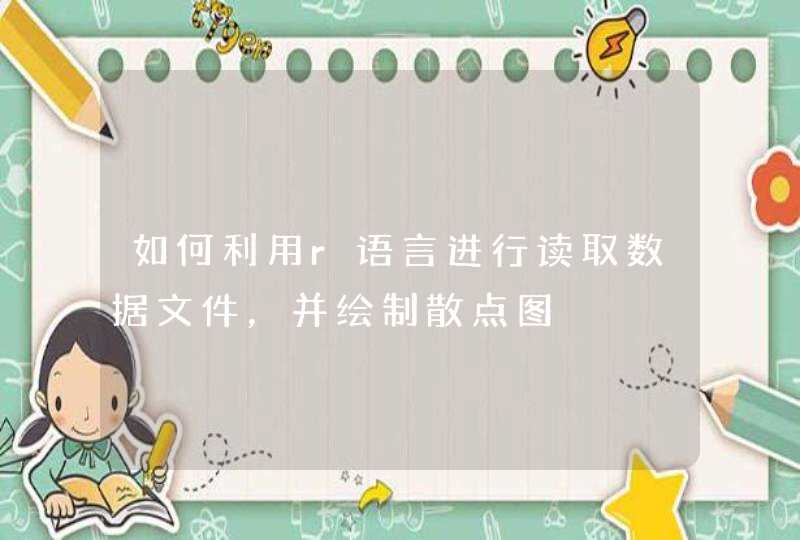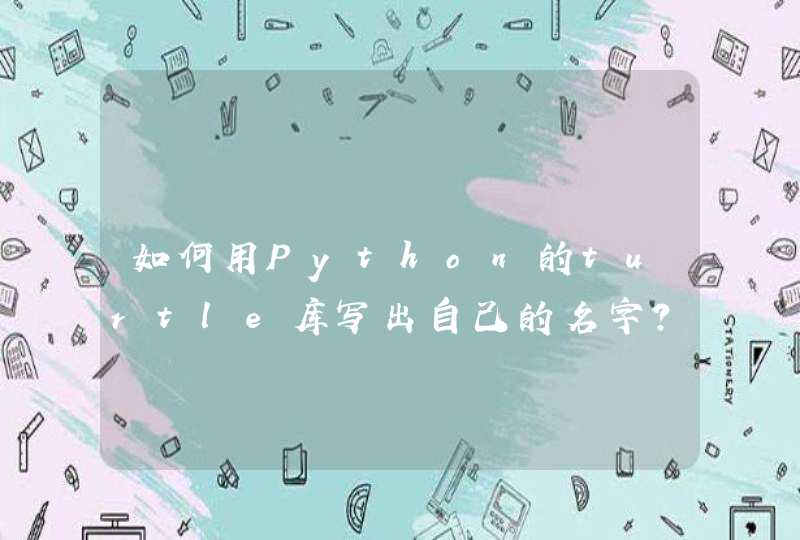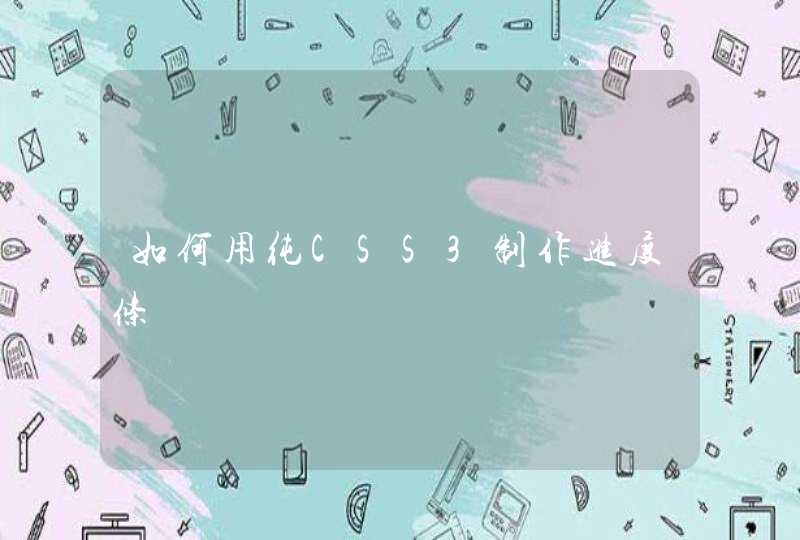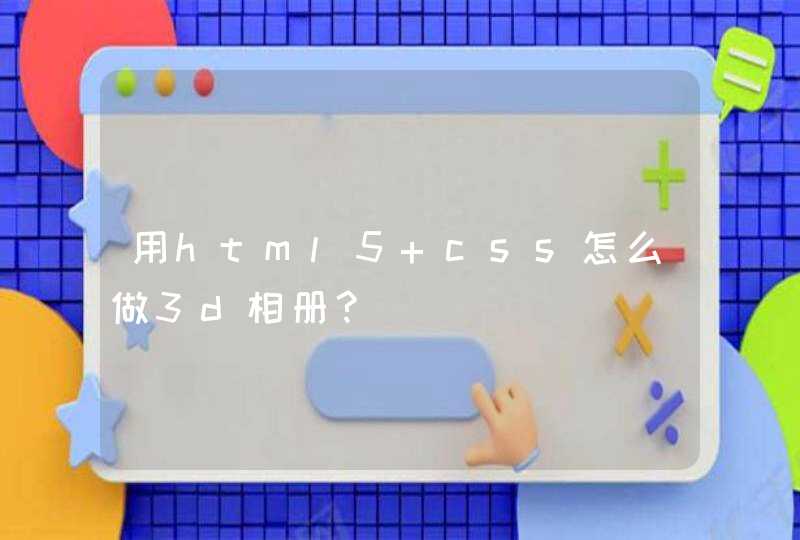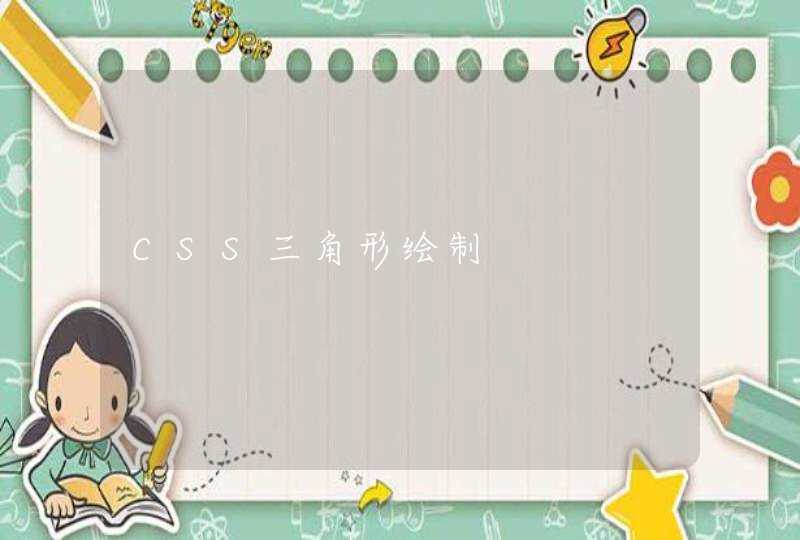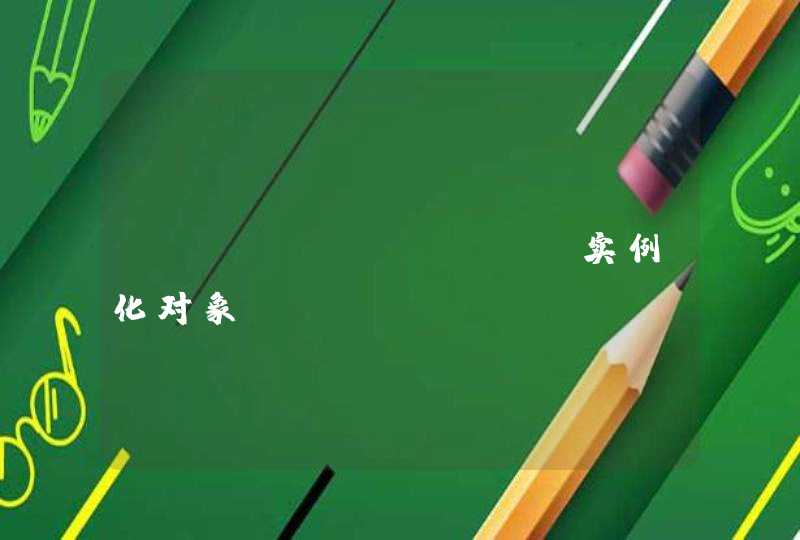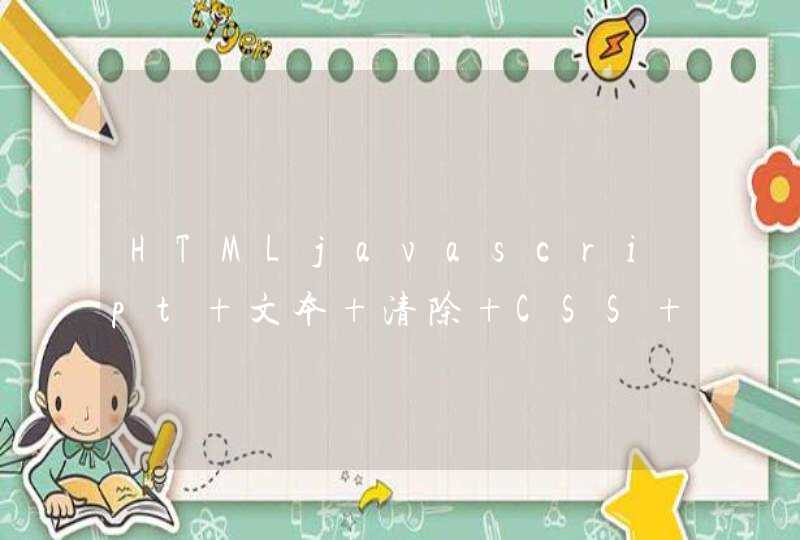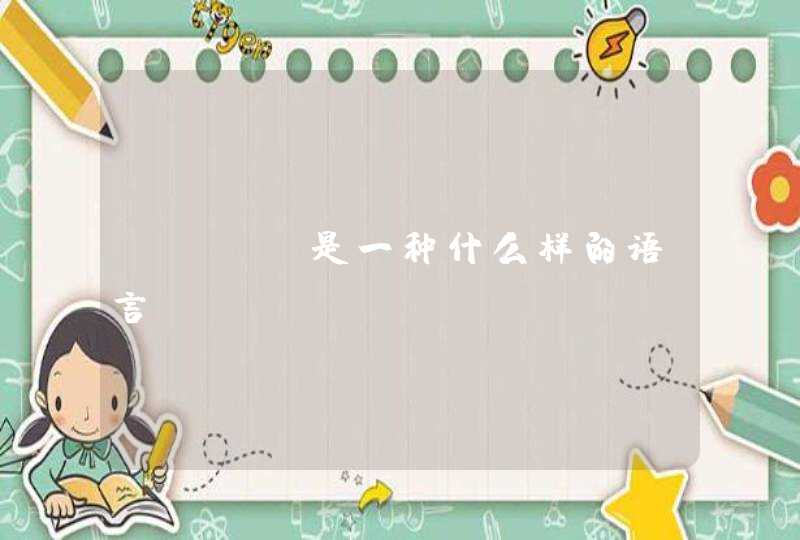
以在WORD里面绘制该图形以及对应的要求为例,点击菜单栏的插入,选择形状按钮。在形状中找到心形图形插入,然后再将其进行编辑就可以设置为虚线以及设置填充色等要求。具体的操作方法如下:
1、在电脑上打开WORD软件,点击菜单栏的插入,选择形状按钮的下拉箭头。
2、在出现的形状选择界面中点击心形图案。
3、然后按住键盘上的SHIFT键,使用鼠标左键拖拽出一个心形图案(按住SHIFT的作用是确保图形不变形)。
4、双击该心形图形,点击菜单栏的形状轮廓下拉箭头。
5、在出现的选项中选择虚线下面的其他线条按钮进入。
6、在弹出的设置形状格式对话框中选择线条宽度为1.5磅,在短划线类型中选择需要的虚线类型以后点击关闭按钮。
7、此时可以看到该心形图形边框已经设置为虚线了,再点击形状轮廓下拉箭头,选择红色就可以看到该心形图案的变宽变为了红色。
8、最后点击形状填充的下拉箭头选择蓝色,就可以看到该心形图形已经设置为蓝色填充且边框为1.5磅的虚线形状了。
用C语言编写心形的方法:
#include<stdio.h>
int n
void draw(int n)
{
int i,j
for (i=1-(n>>1)i<=ni++)
if (i>=0)
{
for (j=0j<ij++) printf(" ")
for (j=1j<=2*(n-i)+1j++) printf(" *")
printf("\n")
}
else
{
for (j=ij<0j++) printf(" ")
for (j=1j<=n+2*i+1j++) printf(" *")
for (j=1j<=-1-2*ij++) printf(" ")
for (j=1j<=n+2*i+1j++) printf(" *")
printf("\n")
}
}
int main()
{
printf("Please input the size (n>=4):")
scanf("%d",&n)
draw(n)
return 0
}
扩展资料
C程序是由一组变量或是函数的外部对象组成的。 函数是一个自我包含的完成一定相关功能的执行代码段。我们可以把函数看成一个“黑盒子”,你只要将数据送进去就能得到结果,而函数内部究竟是如何工作的,外部程序是不知道的。
外部程序所知道的仅限于输入给函数什么以及函数输出什么。函数提供了编制程序的手段,使之容易读、写、理解、排除错误、修改和维护。
参考资料:百度百科--c语音
一、自定义窗体,一般为规则的图形,如圆、椭圆等。做法:重写Form1_Paint事件(Form1是窗体的名字),最简单的一种情况如下:
System.Drawing.Drawing2D.GraphicsPath shape = new System.Drawing.Drawing2D.GraphicsPath()
shape.AddEllipse(0,0,this.Height, this.Width)
this.Region = new Region(shape)
即重绘窗体的规则。
二、利用背景图片实现
1. 设置窗体的背景图片,其中背景图片是24位(不包括24)以下的位图(BMP图片),并且要设置TansparencyKey的值,一般为你背景图片的背景色,即创建不规则图片时的底色,一般设为你图片中没有的颜色。
这种做法的不好的地方就是背景图片一定要16位或者更低的,而且还要确保客户端的显示。如果监视器的颜色深度设置大于 24 位,则不管 TransparencyKey 属性是如何设置的,窗体的非透明部分都会产生显示问题。若要避免出现这种问题,请确保“显示”控制面板中的监视器颜色深度的设置小于 24 位。当开发具有这种透明功能的应用程序时,请牢记应使您的用户意识到此问题。
实现步骤如下:
1. 新建windows application
2. 选择窗体,找到BackgroundImage属性,点击打开新的窗口,选择下面的导入资源文件,选择你的不规则的BMP图片
3. 找到窗体的TansparencyKey,将它设置为你背景图片的背景色(如黄色)
4. 找到窗体的FormBorderStyle,将其设置为none,即不显示标题栏
5. 运行
<!--[endif]-->
2. 跟背景图片一样的图形,不过是动态加载,遍历位图以实现不规则窗体。它的原理是这样的,在Form的load事件中写方法使得窗体的描绘区域发生改变。
实现步骤如下:
1. 建立winform应用程序
2. 找到窗体的Load事件,双击进行编辑
3. 编写方法,主要的代码如下:
代码
class BitmapRegion
{
public BitmapRegion()
{ }
/// <summary>
/// Create and apply the region on the supplied control
/// 创建支持位图区域的控件(目前有button和form)
/// </summary>
/// <param name="control">The Control object to apply the region to控件</param>
/// <param name="bitmap">The Bitmap object to create the region from位图</param>
public static void CreateControlRegion(Control control, Bitmap bitmap)
{
// Return if control and bitmap are null
//判断是否存在控件和位图
if (control == null || bitmap == null)
return
// Set our control''s size to be the same as the bitmap
//设置控件大小为位图大小
control.Width = bitmap.Width
control.Height = bitmap.Height
// Check if we are dealing with Form here
//当控件是form时
if (control is System.Windows.Forms.Form)
{
// Cast to a Form object
//强制转换为FORM
Form form = (Form)control
// Set our form''s size to be a little larger that the bitmap just
// in case the form''s border style is not set to none in the first place
//当FORM的边界FormBorderStyle不为NONE时,应将FORM的大小设置成比位图大小稍大一点
form.Width = control.Width
form.Height = control.Height
// No border
//没有边界
form.FormBorderStyle = FormBorderStyle.None
// Set bitmap as the background image
//将位图设置成窗体背景图片
form.BackgroundImage = bitmap
// Calculate the graphics path based on the bitmap supplied
//计算位图中不透明部分的边界
GraphicsPath graphicsPath = CalculateControlGraphicsPath(bitmap)
// Apply new region
//应用新的区域
form.Region = new Region(graphicsPath)
}
// Check if we are dealing with Button here
//当控件是button时
else if (control is System.Windows.Forms.Button)
{
// Cast to a button object
//强制转换为 button
Button button = (Button)control
// Do not show button text
//不显示button text
button.Text = ""
// Change cursor to hand when over button
//改变 cursor的style
button.Cursor = Cursors.Hand
// Set background image of button
//设置button的背景图片
button.BackgroundImage = bitmap
// Calculate the graphics path based on the bitmap supplied
//计算位图中不透明部分的边界
GraphicsPath graphicsPath = CalculateControlGraphicsPath(bitmap)
// Apply new region
//应用新的区域
button.Region = new Region(graphicsPath)
}
}
/// <summary>
/// Calculate the graphics path that representing the figure in the bitmap
/// excluding the transparent color which is the top left pixel.
/// //计算位图中不透明部分的边界
/// </summary>
/// <param name="bitmap">The Bitmap object to calculate our graphics path from</param>
/// <returns>Calculated graphics path</returns>
private static GraphicsPath CalculateControlGraphicsPath(Bitmap bitmap)
{
// Create GraphicsPath for our bitmap calculation
//创建 GraphicsPath
GraphicsPath graphicsPath = new GraphicsPath()
// Use the top left pixel as our transparent color
//使用左上角的一点的颜色作为我们透明色
Color colorTransparent = bitmap.GetPixel(0, 0)
// This is to store the column value where an opaque pixel is first found.
// This value will determine where we start scanning for trailing opaque pixels.
//第一个找到点的X
int colOpaquePixel = 0
// Go through all rows (Y axis)
// 偏历所有行(Y方向)
for (int row = 0 row < bitmap.Height row++)
{
// Reset value
//重设
colOpaquePixel = 0
// Go through all columns (X axis)
//偏历所有列(X方向)
for (int col = 0 col < bitmap.Width col++)
{
// If this is an opaque pixel, mark it and search for anymore trailing behind
//如果是不需要透明处理的点则标记,然后继续偏历
if (bitmap.GetPixel(col, row) != colorTransparent)
{
// Opaque pixel found, mark current position
//记录当前
colOpaquePixel = col
// Create another variable to set the current pixel position
//建立新变量来记录当前点
int colNext = col
// Starting from current found opaque pixel, search for anymore opaque pixels
// trailing behind, until a transparent pixel is found or minimum width is reached
///从找到的不透明点开始,继续寻找不透明点,一直到找到或则达到图片宽度
for (colNext = colOpaquePixel colNext < bitmap.Width colNext++)
if (bitmap.GetPixel(colNext, row) == colorTransparent)
break
// Form a rectangle for line of opaque pixels found and add it to our graphics path
//将不透明点加到graphics path
graphicsPath.AddRectangle(new Rectangle(colOpaquePixel, row, colNext - colOpaquePixel, 1))
// No need to scan the line of opaque pixels just found
col = colNext
}
}
}
// Return calculated graphics path
return graphicsPath
}
}
4. 运行
<!--[endif]-->



